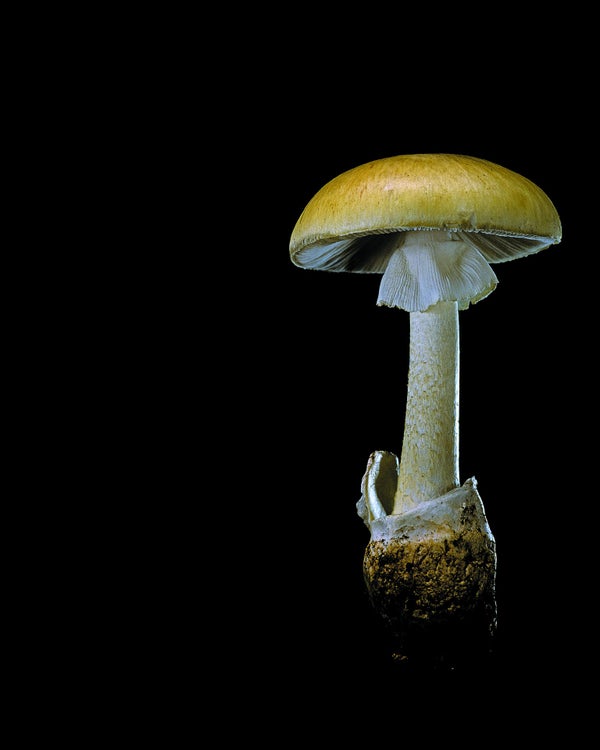Edited by Dava Sobel
I was troubled by how easy it was to mistake
one thing for another, as with snakes—
the Scarlet King resembling the Coral
with its arrangement of black
On supporting science journalism
If you're enjoying this article, consider supporting our award-winning journalism by subscribing. By purchasing a subscription you are helping to ensure the future of impactful stories about the discoveries and ideas shaping our world today.
on yellow, or the harmless Hognose
which is often confused
with a Copperhead. Likewise, mushrooms—
however you might examine the warts
on the umbrella caps or the thin white gills
you could miss some telltale sign—
the partial veil around a stem, say, or
white spores, the Sprouting Amanita
pretending to be a Young Puffball
and then, days later
the lethal symptoms would begin: burning
thirst, blurred vision,
your heartbeat growing
dangerously slow.
We lived like this for more than a year—
unable to tell which
doorknobs were ordinary and which
harbored the virus, afraid to taste the
vivid winter air.
